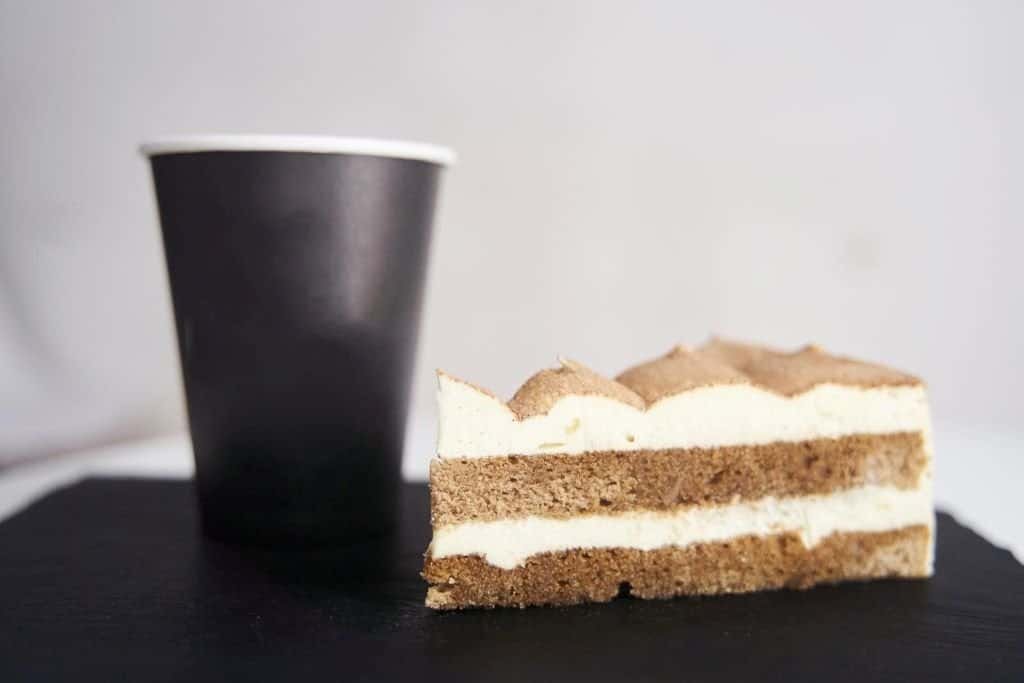The moka pot is a small metal coffee maker that uses heat from a stove to pass pressurized boiling water upward through your coffee grounds. It is a device that is an ideal and effective alternative to a costly espresso machine.
Since the moka pot was designed for brewing espresso beans over a traditional gas stove, many wonder if it can be used on an electric stove without damaging your equipment or ruining your coffee.
The short answer is that you can indeed use your moka pot on an electric stove. In fact, the stove you use shouldn’t impact the taste or quality of your coffee unless it becomes overheated in the brewing process.
However, just because it is possible to do this does not mean it is a great idea.
What is a Moka Pot?
Moka pots look similar to little teapots and have three chambers. The base or bottom chamber contains water, and once heated, it pushes it through the middle compartment, where the grounds are kept.
Once hot water moves upwards through the grounds chamber, your liquified brew collects in the upper chamber and is ready to be poured out of its spout.
- The original moka coffee pot: Moka Express is the original stovetop espresso maker, it provides the experience of the real Italian way of preparing a tasteful coffee, its unique shape and the…
- Made in Italy: it is Made in Italy and its quality is enhanced by the patented safety valve which makes it easy to clean and its ergonomic handle, available in many sizes and suitable for gas,…
- How to prepare the coffee: fill the boiler up to the safety valve, fill it up with ground coffee without pressing, close the moka pot and place it on the stovetop, as soon as Moka Express starts to…
How is it Different?
The moka pot is similar to a Vietnamese phin filter, a pour-over device, or an espresso machine in the sense that hot water and grounds are utilized to prepare a single serving of coffee.
The end result is similar, but the “brew direction” is the opposite, as it brews upwards. You may use any coffee or espresso with your moka pot, although darker roasts will deliver the most satisfactory results.
Additionally, since it is often compared to the espresso machine, it is essential to note that a moka pot does not actually make espresso. Instead, this device produces a very strong, highly caffeinated coffee that is similar but not the same.
Gas Stove Vs. Electric Stove
Gas stoves are arguably easier to use when cooking in your kitchen, but the same cannot be said for making coffee with your moka pot. Consistency is one of the most important factors that goes into a great cup of coffee.
This includes consistency in water temperature, the amount of water used, your grind size, and the bean quality. When you employ an electric stove to heat your moka pot, you forfeit control over one of these factors, water temperature. And since the “brew direction” of a moka pot goes from down to up, you already have less control over your water temperature as you would with something like a pour-over.
With a pour-over, you preheat your water before pouring it over the coffee grounds, but with a Moka pot, you just have to trust your stove and your past brewing experience to not burn your coffee.
Is a Gas Stove Superior?
Gas stoves allow for quicker heat adjustments that guarantee complete control over the hot water inside your brewing device. The presets on an electric stove take away much of this control, which means your coffee will most likely taste very acidic and much too bitter if you are not careful.
Over-extraction due to overly hot water is a common side effect of brewing on an electric stove. Most moka pots are made of aluminum, which is a fantastic heat conductor but can quickly overheat, which is partially why maintaining control over your heat is so essential throughout the brewing process.
Ways to Work With Electric Stoves
A few moka pot companies sell devices designed to be used on an electric stove. Some higher-quality brands just seem to work better on them than others. Another way to work around the hurdles of an electric stove is by using a heat diffuser.
These metallic plates are made to be situated between your moka pot and the heat. Diffusers are great for preventing scorching while making sure heat is evenly distributed. Because overheating your brewing device is an all too common occurrence when using an electric stove, you must know the right moment to remove it from its heat source.
Listen closely. When you hear a whistling, hissing, or gurgling sound, the hot water has reached the top chamber, and it is time to take it off the stove. After removing it from the heat source, pouring cold water over the bottom chamber of your moka pot will quickly reduce the heat. Also, wrapping your moka pot in a cold towel after brewing will produce similar cooling effects.
Induction Stove
Traditional aluminum moka pots will not function on induction stoves. This is because aluminum is not magnetic, and induction stoves use magnetism as a heat source.
If you have an induction stove, do not worry; there are ways to brew around this. Purchasing an induction adapter for your stove and brewing device will do the trick as long as it is magnetic. Opting to buy a stainless steel moka pot is another option if you are dealing with an induction stove.
Conclusion
To summarize, you can use your moka pot on a gas stove, and you can use your moka pot on an electric stove. No matter which stove inhabits your kitchen, listening for that telltale “hiss” (also known as the signal to remove your pot from the heat) is the most critical step for not burning or over-extracting your coffee.
But if you do have an electric stove, don’t ever trust the presets, and be prepared to watch your moka pot for the full three or four minutes it takes to brew to guarantee everything goes smoothly.





